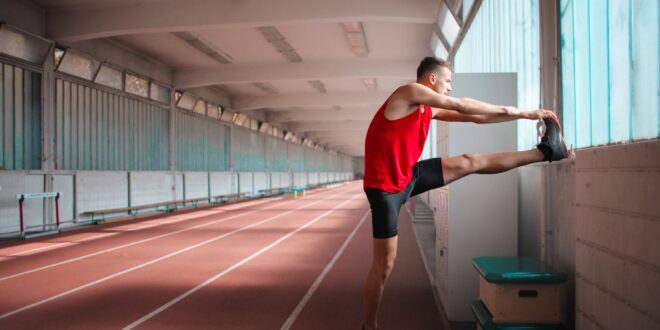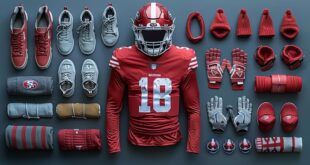The CrossFit frenzy has been growing for several years now. Developed in California, this method was designed to prepare athletes for unpredictable training with exercises involving functional movements, various exercises with transient intensities.
CrossFit is a workout that echoes your routine, the activities that you must accomplish in daily life. A very simple example: lifting a load. Whether we are talking about moving a piece of furniture or putting away boxes, the squats you perform or bending at the waist are functional movements. So instead of isolating specific muscles like on gym equipment, CrossFit targets the whole body.
A varied training promotes stimulation of physical effort and chases boredom! CrossFit is inspired by weightlifting, athletics, and gymnastics, making it a complete sport.
Ten fundamental athletic qualities are developed during the practice of this sport:
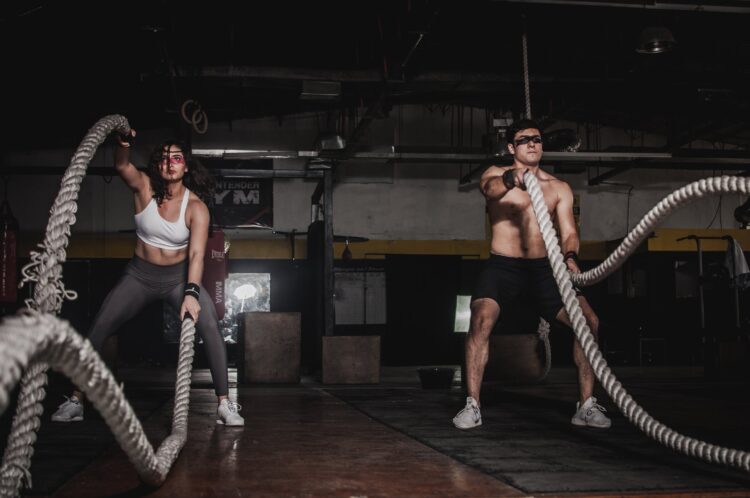
- Muscular and cardiovascular endurance
- Strength
- Flexibility
- Power
- Speed
- Coordination
- Agility
- Balanced
- Precision
- The whole body at work!
We can, therefore, confirm that the CrossFit develops the body as a whole, because all the joints and all the muscle groups are involved. Exercises are performed using gym equipment, weights, resistance bands the importance of which is pointed out by FitnessVolt.
If the athlete already suffers from an injury or a bad motor pattern; there is a good chance that this dysfunction will emerge or worsen during its “WOD” (Work Out of the Day). This dysfunction can certainly be corrected during the progression and gradual integration of complex movements.
You have to know how to “scale” your training!
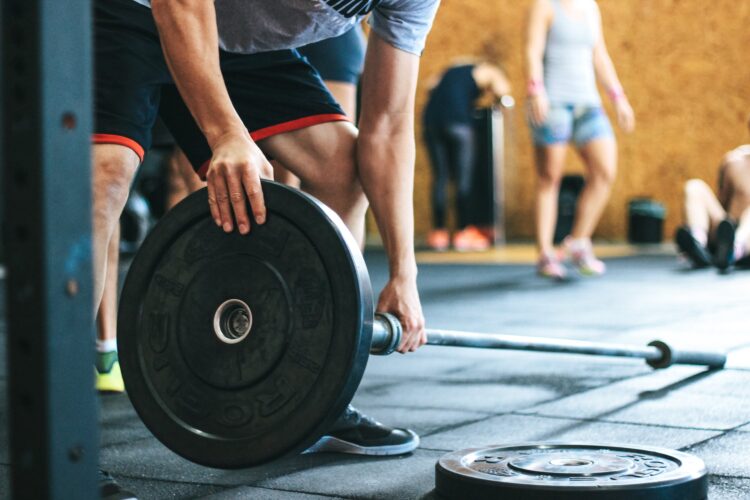
A warm-up that prepares you!
As in any sporting or physical activity, the session must begin with a warm-up in order to properly prepare the body for the movements and the intensity it will have to give. Warming up allows better cardiovascular adaptation and better muscle, joint, nerve and tendon preparation.
CrossFit requires learning very complex movements such as “muscles up” and “power snatch”. It is essential that the athlete respects his progress and completely masters the technique before increasing the load, volume and intensity. Do not skip steps, this is the golden rule for injury prevention. Slow progression, which respects your injury history, will pay off in the long run. In the second golden rule, we must always prioritize the technique at rehearsals.
Chiropractic and CrossFit
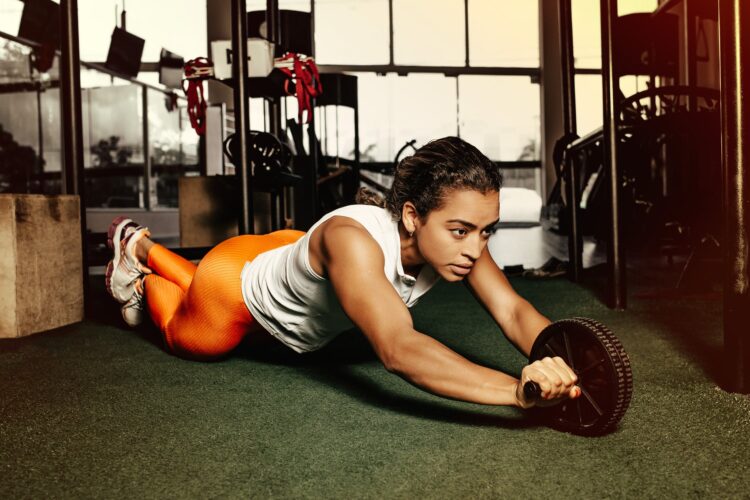
As a chiropractor, unfortunately, we frequently see athletes from this sport in our offices. Very often, we want to go too fast, and we lift too heavy, too quickly. Chiropractic, like CrossFit, works globally. The chiropractor assesses the athlete as a whole and makes a neuro-musculoskeletal chiropractic diagnosis. The qualified coaches of the gymnasiums where this sport is taught will force you to start with the base, please listen to them!
It is true to say that CrossFit will help the patient on a daily basis, both in moving the load and in simple neuromuscular control, such as contracting the right muscle with the right force at the right time.
The chiropractic adjustment also goes in this direction. By correcting the dysfunctions of the spine as well as the tensions, the muscular adhesions, and the nerve compressions, the chiro ensures a good functioning of the joints of the body for effective training and optimal performance.
Too many injured athletes continue training despite the pain. Not only is the condition likely to worsen, but the technique may change wrongly. Injuries usually happen when there is muscle fatigue and the movement is no longer controlled. The nervous system will try to find an alternative painless path, in other words, compensation that will protect the injured area.
Collaboration between the coach and the chiropractor is encouraged for the greater benefit of the athlete. The chiro can guide him in his recovery and his return to play.
1. Start your course well equipped
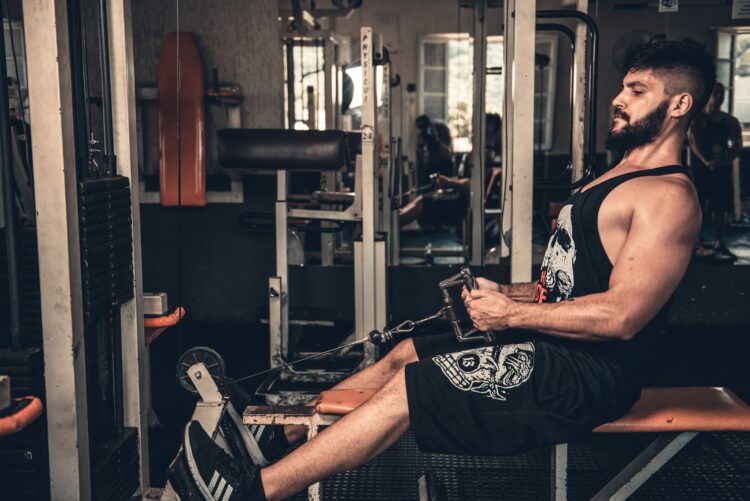
You must be prepared to make intense physical efforts and for this, you will need the right equipment.
The shoe
To jump, run and lift loads, you must have versatile athletic shoes. A sole that can absorb shocks, but which can also give you good stability. The REEBOK brand offers excellent multisport shoes specially designed to practice CrossFit. They have a sole that absorbs shocks and offers a lot of comfort in the heel.
Clothes
For clothing, you will need a fabric that is stretchy and breathable. The Under Armor brand offers performance tops, shorts, and tights suitable for prolonged efforts. Most of the brand’s products are made from a blend of polyester and elastane combined with UA HeatGear textile fiber, which wicks moisture, repels odors and supports your body well in all your movements.
2. Perform exercises to warm the body
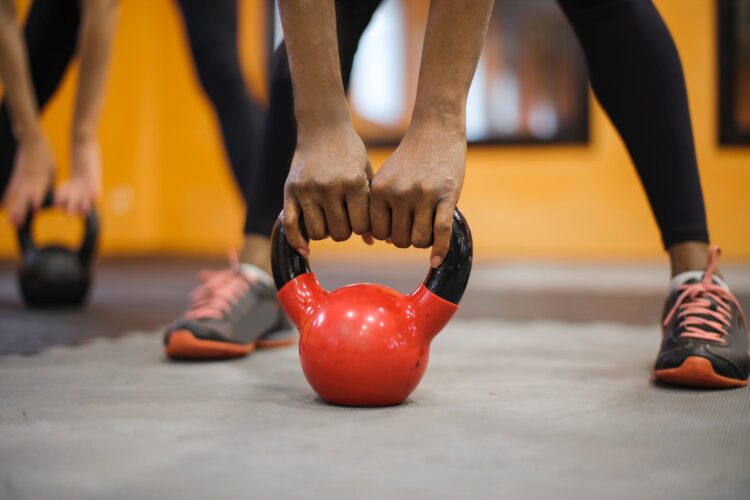
Starting sessions with a good warm-up is the key to success. It is important during your exercises to make complete movements that will work all the muscles while slightly increasing the heart rate. Abdominal and cardiovascular exercises are recommended before you start training. To help you, you can get the following accessories: a good floor mat (the abdominals) a dance rope (the cardiovascular) and a Lacrosse ball (to prevent muscle injuries). Another thing you can do is metabolic stretching, an active form of stretching your body about which you can read more here.
3. Start with the introductory movement classes
Almost all CrossFit boxes offer this kind of course and it is highly recommended to do these courses before the regular sessions. These will allow you to master the technique that is essential to the practice of this sport. In these courses, future athletes learn the different terms related to sport and the different functional movements that are integrated into regular training. These courses will allow you to better integrate your group and better understand the language of your coaches.
4. Take your time to learn the language and the CrossFit community
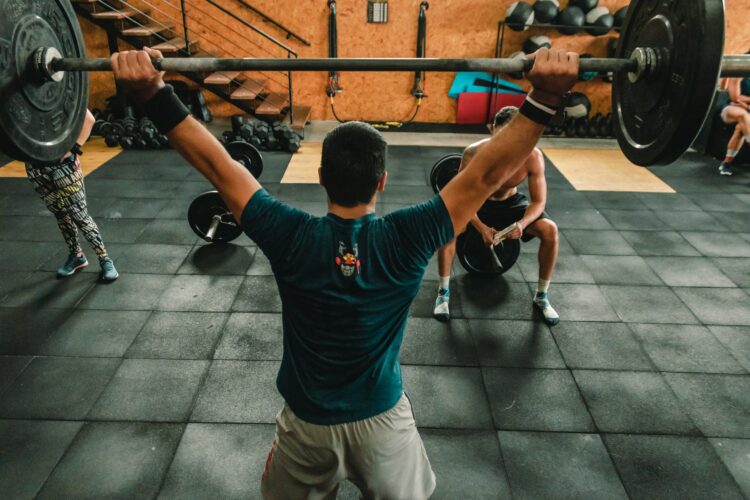
Relative intensity No athlete is the same or at the same level. Everyone has different strengths, weaknesses and skills. The goal is to get athletes to reach the same level of intensity without however being at the same level of fitness. Whether an athlete completes an adjusted version or a high-performance version of the training, he must give his 110%.
WOD “Workout Of the Day”: This expression represents the daily training that athletes must complete. Of course, depending on the shape of each athlete, it is important to take days off if necessary.
Personal Record PR: One of the most popular ways to measure athlete improvement is PR! For example, when an athlete lifts a heavier load than the previous time, and for the same number of repetitions, he performs a PR. It is the feeling of pride and accomplishment that flows from it and encourages the athlete to always push their limits.
AMRAP “As Many Reps As Possible”. It is a popular type of training that requires athletes to complete the maximum repetitions of certain movements in a given interval.
5. Take time to recover after a workout
Recovering well requires a lot of sleep to give the muscles time to repair themselves. You also need to eat a healthy diet several times a day so that your body can absorb the nutrients needed to rebuild muscle fibers. A mixture of meats (proteins), fruits and vegetables (carbohydrates) of nuts and natural oils (good fats) gives everything necessary to regenerate the muscles. Always keep in mind that there is no overtraining, there is only under-recovery. With these tips, you will be sure to start your training with the right energy and you can improve very quickly in this new discipline.
 Hi Boox Popular Magazine 2024
Hi Boox Popular Magazine 2024
